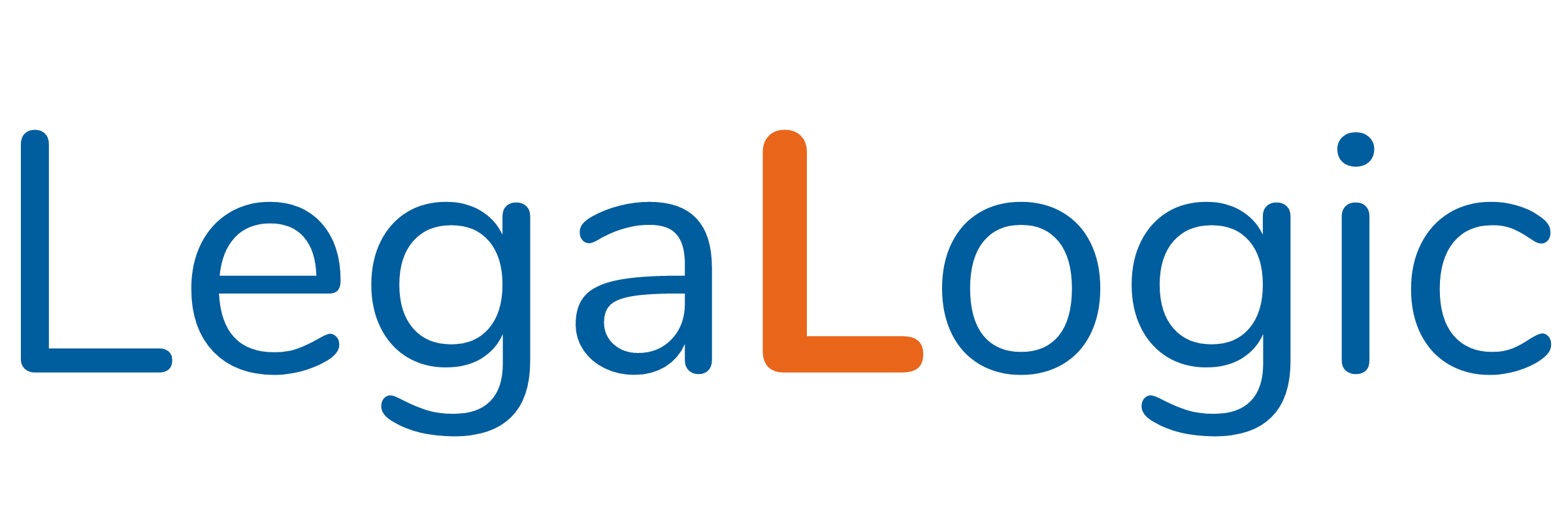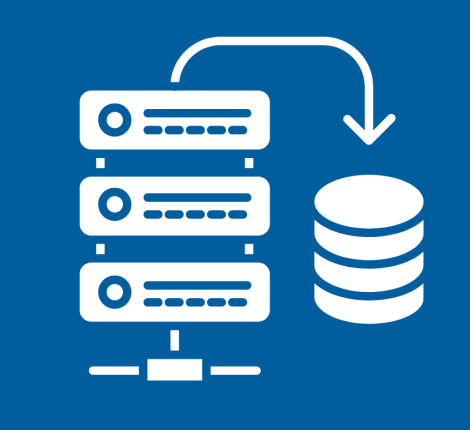IPR Newsletter: INTELLECTUAL PROPERTY LITIGATION IN INDIA – May 2022
Intellectual Property assets are a valuable foundation of any successful venture, so when unauthorized use occurs, disputes are bound to arise. Litigation in Intellectual Property Rights (IPR) in India is quite diverse.
Intellectual Property Litigation enables the protection of intellectual innovations, which include creative works produced through the honest efforts of a human mind. These creations can be categorized into inventions, innovative designs, artistic, musical or dramatic works. Today, the threat of Intellectual Property infringement is exponentially increasing with each passing day as technology continues to progress and IP continues to gain worth and value.
It is fair and appropriate that the person putting in the skills and efforts in an intellectual creation is provided some benefit as a result of his/her hard work. For this reason, the legislation in India safeguards these innovative, inventive and creative works in the form of the Trademarks Act, 1999, the Patent Act, 1970, the Copyright Act, 1957, the Designs Act 2000 and the Semiconductor Integrated Circuits Layout Designs Act, 2000. These laws provide exclusive rights to the Intellectual Property holders with respect to their intellectual properties. When Intellectual Property is protected by such laws, they become intangible assets and act as a catalyst in increasing the valuation of inventions, artistic creations, and brand names.
Meanwhile, over the years, many types of Intellectual Property disputes have come to light with the advent of information and technology. These disputes manifest in the form of patent infringement, trademark infringement and passing off, domain name disputes, copyright infringement and design infringement. This makes it imperative to understand Intellectual Property litigation and its growth in India.
DEFINATION OF INTELLECTUAL PROPERTY RIGHTS
“The definition of intellectual property rights is any and all rights associated with intangible assets owned by a person or company and protected against use without consent”.
Intangible assets refer to non-physical property, including right of ownership in intellectual property. Examples of intellectual property rights include:
• Patents
• Domain names
• Industrial design
• Confidential information
• Inventions
• Moral rights
• Database rights
• Works of authorship
• Service marks
• Logos
• Trademarks
• Design rights
• Business or trade names
• Commercial secrets
• Computer software
EXAMPLES OF VIOILATION OF INTELLECTUAL PROPERY RIGHTS
The significant violations of intellectual property consist of infringement, counterfeiting, and misappropriation of trade secrets. Violations of intellectual property include:
• Creating a logo or name meant to confuse buyers into thinking they’re buying the original brand
• Recording video or music without authorization or copying copyrighted materials (yes, even on a photocopier, for private use)
• Copying another person’s patent and marketing it as a new patent
• Manufacturing patented goods without a license to do so
Since intellectual property can be bought, sold, or leased out, it offers many protections equal to real property ownership likewise, similar remedies exist. A dispute may end with property confiscation, an order of monetary damages, or cease and desist orders.
INTELLECTUAL PROPERTY LITIGATION AND ITS GROWTH
With regards to Intellectual Property disputes, there are two types of lawsuits that can be filed against infringement activities depending on the requirement civil litigation in courts of civil jurisdiction and criminal litigation in courts of criminal jurisdiction.

In civil courts, Intellectual Property holders can enforce their rights either by registration of particular Intellectual Property such as trademarks, patents, designs and copyrights, or via common law rights in trademarks and copyrights by the virtue of their long use and creation. Furthermore, civil actions in Intellectual Property can be categorized into two categories i.e infringement action and common law or passing-off action. While the former is commonly filed for trademarks, patents, designs and copyright disputes, the latter is a traditional recourse only in trademark actions. With the growth of internet activity and trademarks being registered as domain names, another addition to the forms of civil action in Intellectual Property disputes is domain name infringement. Apart from civil action, the top-level domain names such as .com, .org, .edu etc., may also be contested under the mechanisms of the Uniform Domain-name Dispute Resolution Process, that was established to resolve disputes related to registration of internet domain names.
Owing to the enormous amount of pending litigation in Indian courts, the Intellectual Property stakeholders are underway to create a distinction between cases which may be resolved mutually through alternate dispute resolution methods like arbitration, mediation and conciliation. After the emergence of e-commerce businesses in India, more complex disputes are arising every day. Previously, the e-commerce websites did not monitor the legitimation of goods and services being sold or provided on their websites. It was only upon a complaint from the Intellectual Property holder that the intermediary websites such as Amazon and Flipkart took cognizance of the illegitimate/infringing goods and services being sold to the unaware customers. The Delhi High Court in Amazon Seller Services Pvt Ltd v. Amway India Enterprises Pvt Ltd and others, held that it was the intermediaries’ responsibility to check what may be uploaded on their websites and what may be taken down. The judgement came as a relief to sellers listed with e-commerce platforms as it watered down the protection granted to these e-commerce giants.
CONCLUSION
The rapidly evolving Intellectual Property litigation in India ensures that Intellectual Property owners’ rights are duly acknowledged and effectively enforced by courts. These trends indicate that the outlook is favorable for Intellectual Property owners in the times to come. With the abolition of the IPAB, it is found that due to the absence of a tribunal, an increasing number of parties will opt for alternate dispute resolution processes. This new wave of resolution processes will pave the way ahead for Intellectual Property litigation in India.




